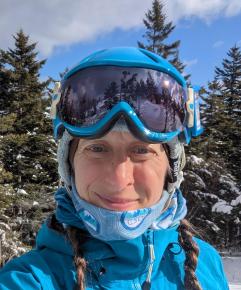GLOBE Model for Student Scientific Research - Message Boards - Community Feedback Forum
Community Feedback
We are consolidating our support to use the Contact GLOBE form for help and assistance. Please share any questions, concerns, suggestions, issues and ideas with us using the Contact GLOBE form.
Thank you we look forward to hearing from you!
-The GLOBE Support Team
The information on GLOBE.gov includes postings and content provided by GLOBE members. This website provides and hosts this information solely for our users' information and convenience. With the thousands of documents and postings occurring, The GLOBE Program cannot guarantee there won't be errors or inappropriate comments. The GLOBE Program makes no claim, promise or guarantee about the accuracy, completeness or adequacy of the content on this website and expressly disclaims liability for errors and omissions in the contents of this website. Refer to the usage Terms and Conditions and remember Your Responsibilities before posting any information to all GLOBE forums. GLOBE encourages users to report inappropriate information or posting.









